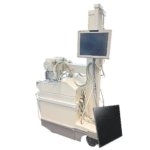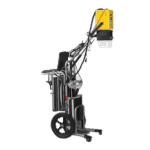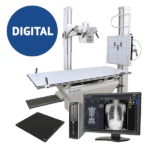Many scientists and radiologists contributed to the development of interventional radiology, but none so much as Dr. Dotter
Many scientists and radiologists contributed to the development of interventional radiology, but none so much as Dr. Charles Theodore Dotter, who first described angioplasty in 1964.
Chairman of the School of Medicine Department of Diagnostic Radiology at Oregon Health Sciences University for 33 years, Dr. Dotter was also a full-time faculty member at Cornell Medical School in his early life and was known for his inquisitive and Rennaissance man nature. He held a keen interest in mechanics, dismantling tools and finding more tools; and in his spare time was a skilled mountain climber, a pilot, racer, lover of classical music, painter, photographer, in addition to being a dedicated husband and father.
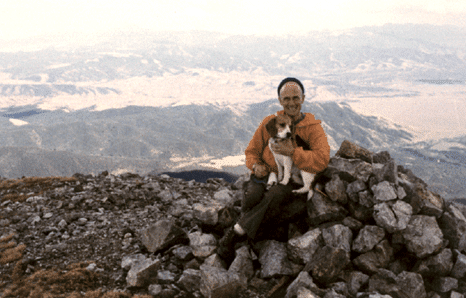
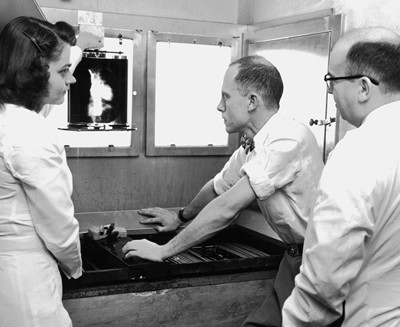
Born in 1920 in Long Island, New York, some of Dr. Dotter’s early discoveries were the intravascular balloon catheter, flow-guided catheters, safety J-tipped guide wires, and the transvascular biopsy catheter. He graduated with a bachelor of arts degree in 1941 from Duke University and wrote a number of articles on angiocardiography by the time he took his first staff position at Oregon Health Sciences University. At 32 years old, he became the youngest person ever to be named chairman of the radiology department in a major medical school and remained in his position for 32 years until his death in 1985. Over 300 papers, 3 scientific training films, 20 scientific exhibits, and interventional radiology were all created during his time at the university.
Dotter was known for being handy and inventing his own interventional tools, often using unconventional materials including guitar strings, VW speedometer cables, and vinyl insulation from a piece of intercom table that was found lying in a wastebasket.
Get Started
Request Pricing Today!
We’re here to help! Simply fill out the form to tell us a bit about your project. We’ll contact you to set up a conversation so we can discuss how we can best meet your needs. Thank you for considering us!
Great support & services
Save time and energy
Peace of mind
Risk reduction
His unconventional way of thinking made it easy to pioneer alternative techniques to surgery for the treatment of many pathologic conditions and diseases. His introduction to transluminal angioplasty was in 1964 and was followed by techniques including retrieval of intravascular foreign bodies, the use of tissue adhesive for therapeutic vascular occlusion, local fibrinolysis and the use of intravascular coils, an idea that was the forerunner of expandable stents.
Dr. Dotter survived two bouts of Hodgkin’s lymphoma and 2 open-heart surgeries for coronary artery stenosis, and in the process completed his goal of climbing all 67 peaks over 14,000 feet in the continental United States. He even celebrated the favorable outcome of the mantle radiation therapy for his 1st occurrence of Hodgkin’s in 1970 by climbing the Matterhorn without a guide.
Charles Dotter was honored with numerous awards and honorary members including gold medals from the American College of Radiology, the Radiological Society of North America, the Chicago Medical Society and the Chicago Radiological Society; and in 1978, he was nominated for the Nobel prize in medicine by the editors of the Year Book of Medical Publishers.
In 1990, the Oregon Health and Science University established an interventional Institute in honor of Dr. Charles T. Dotter.
We are thankful for Dr. Dotter; because of him we now have the technology to prevent numerous diseases, and the medical community is better for having had him.

